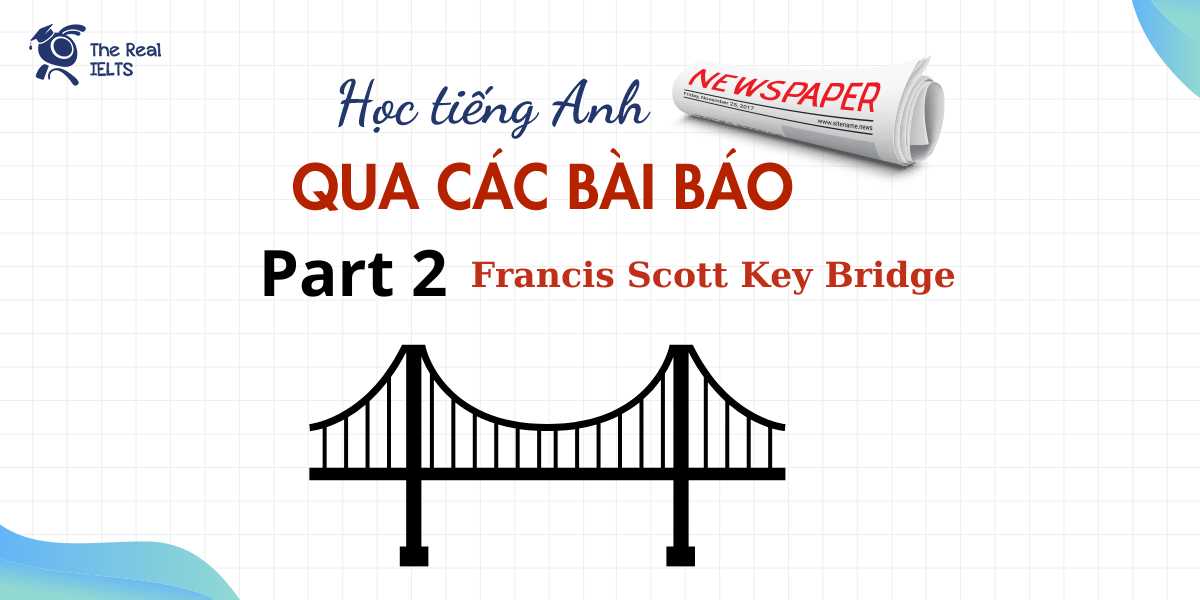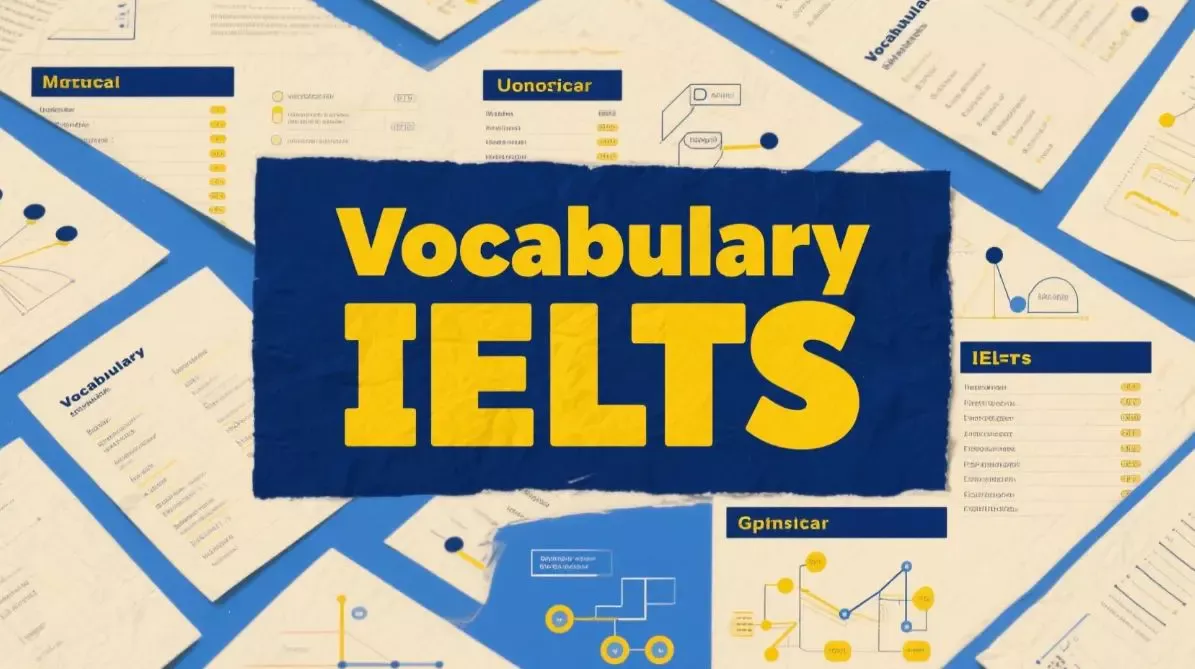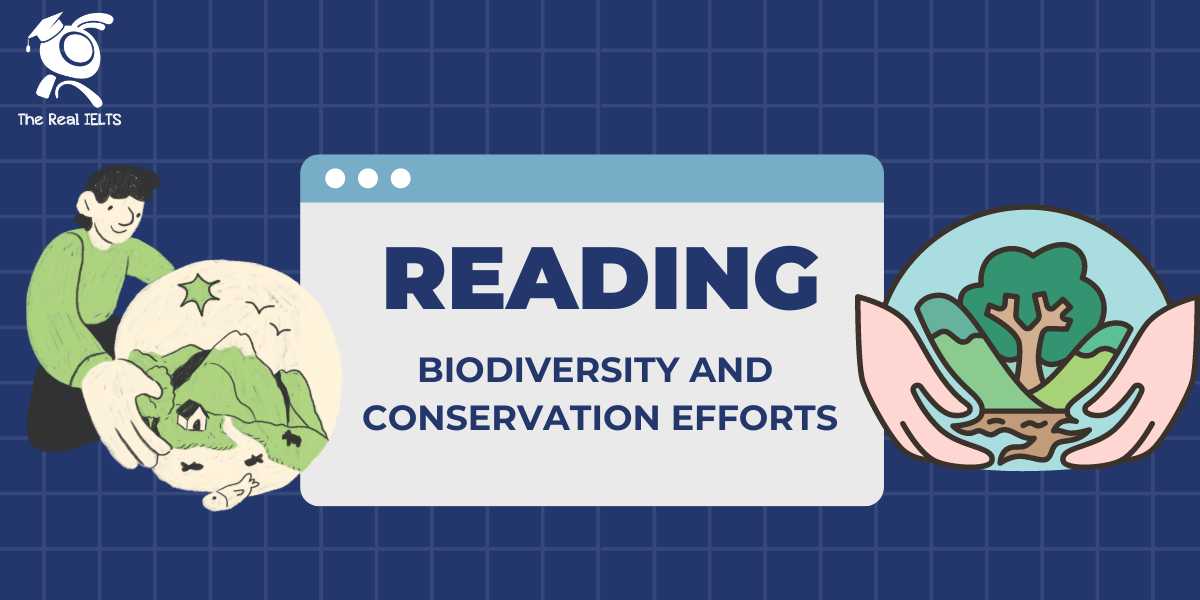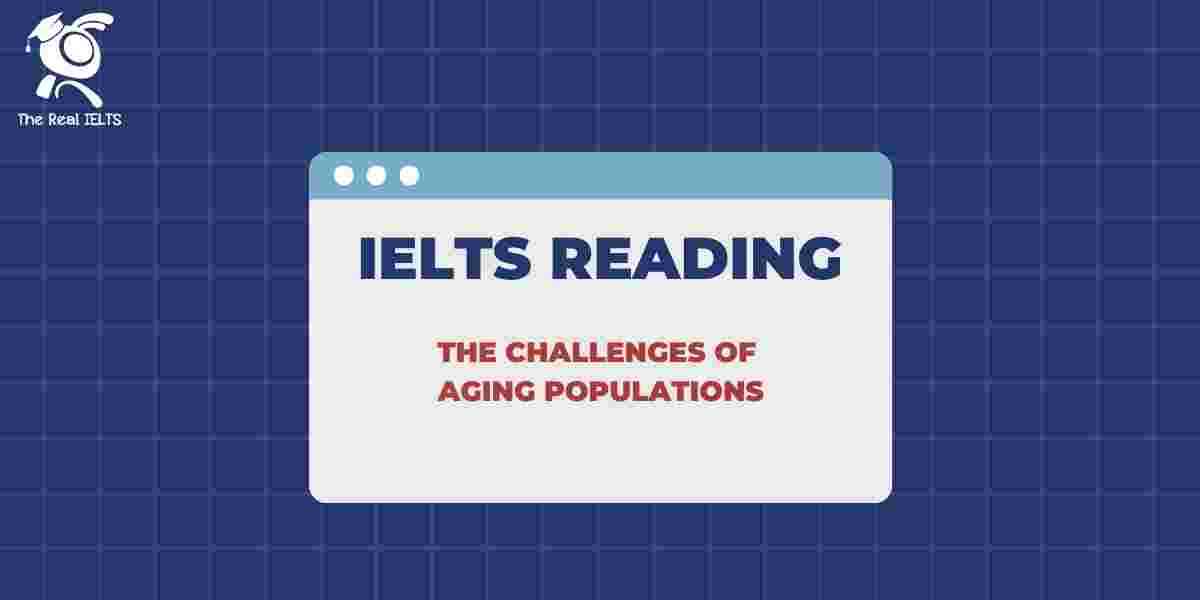Hôm nay chúng ta cùng nhau đọc báo với bài viết về vụ sập cầu Francis Scott Key Bridge.
Đọc thêm bài: Học tiếng Anh qua các bài báo part 1: whisky.
Bài báo từ New York Times về Francis Scott Key Bridge
Engineers Raise Questions About Bridge’s Construction as Inquiry Begins
In reviewing images of the Francis Scott Key Bridge, some structural engineers said that its piers, which are essential to the structure’s integrity, appeared to lack protective barriers.
The large container ship that collided with the Key Bridge in Baltimore, leading to its near-total collapse, appeared to strike a critical component, known as a pylon or pier, according to several engineers who have reviewed footage of the incident.
Without the pier, they said, it was impossible for other components of the bridge to assume the load and keep the bridge standing.
The piers on a bridge act as a kind of leg and are what is known as “nonredundant” parts of a bridge’s structure. If a pier is somehow taken out, there is nothing to compensate for the missing structural support, and a collapse of the bridge is all but inevitable, most of the analysts said.
Yet the collapse in Baltimore on Tuesday might have been avoided, some of the engineers said, if the piers had been better able to block, deflect or withstand such a collision. And some of the engineers questioned whether the bridge’s piers had adequate blocking devices that are known with a self-explanatory name: fenders.
In bridge engineering, fenders can be anything from simple pyramids of rocks piled around the pylons to major concrete rings padded with slats of wood, designed to shield the bridge’s supports from damage by water or collisions.
It was not clear whether any such protection built around the bridge’s piers was sufficient to guard against even a glancing hit from a 95,000-gross-ton container vessel.
And the U.S. secretary of transportation, Pete Buttigieg, expressed doubt on Tuesday that any bridge could have withstood such a serious collision.
“This is a unique circumstance. I do not know of a bridge that has been constructed to withstand a direct impact from a vessel of this size,” he told reporters.
Yet a different perspective emerged in initial comments by the investigators who will be sorting out what happened in the collapse.
Jennifer Homendy, the chair of the National Transportation Safety Board, said protective structures would be a part of the investigation into the collapse. “There’s some questions about the structure of the bridge — protective structure around the bridge or around the piers to make sure there isn’t a collapse,” she said, responding to a reporter’s question.
“We are aware of what a structure should have. Part of our investigation will be how was this bridge constructed? It will look at the structure itself. Should there be any sort of safety improvements? All of that will be part of our investigation.”
The Maryland Transportation Authority did not immediately respond to a request for comment on the design of the piers in Baltimore, and did not say whether any fenders were installed to protect them.
Between 1960 and 2015, there were 35 major bridge collapses worldwide because of ship or barge collisions, resulting in the deaths of 342 people, according to a 2018 report from the World Association for Waterborne Transport Infrastructure, a scientific and technical organization.
The deadliest crash took place in 1983, when a passenger ship collided with a railroad bridge on the Volga River in Russia, killing 176 people, according to the report.
It was only after “a marked increase in the frequency and severity of vessel collisions with bridges” that attempts to study and address the risks were initiated in the 1980s, said the report’s authors, Michael Knott and Mikele Winters.
A widely circulated video of the Key Bridge failure drew attention to the disastrous collapse of the upper bridge structure. But engineers who reviewed the footage said that did not appear to be the culprit in the disaster. Instead, they said, the superstructure failure was most likely a secondary effect of the pier crumbling beneath it after the collision.
Engineers who reviewed images of the bridge both before and after the collapse said no significant fender structures were visible. Only fairly small structures were visible in photos taken at the foot of the pier, and they did not appear to be substantial enough to be able to stop a large ship, some of them said. They said the structures may have served another purpose entirely — like preventing water from scouring and undermining the pier’s foundation.
Benjamin W. Schafer, a professor of engineering at Johns Hopkins University, said, after looking at images of the bridge taken before the disaster, “If you zoom further out, you can see these large cylinders that sort of define the shipping channel. They are to direct the ships and they are part of the bridge structure. Some would say those are protective structures. But I haven’t seen any evidence of fenders myself.”
In some bridges, engineers may elect, instead of fendering, “the alternative of making the pier exceptionally strong,” said Shankar Nair, a structural engineer with over half a century of experience who is a member of the National Academy of Engineering. But the visual evidence so far, he and others said, suggested that the pier was simply not strong enough to survive the collision.
The structure’s apparent vulnerability left some engineers dumbfounded.
“This is a huge shock,” Dr. Nair said. “A bridge of that size and importance should not collapse when hit by an errant vessel.”
The importance of sturdy fenders on bridge piers was backed up by a similar accident that occurred in 2013 when a 752-foot-long tanker collided with a support of the San Francisco-Oakland Bay Bridge. According to a National Transportation Safety Board report on the incident, the support stood — although $1.4 million in damage was done to the fendering system, which cushioned the impact.
In other cases when collisions lead to full or partial collapses, shortcomings in the fendering system are usually involved, said Matthys Levy, a longtime structural engineer and co-author of “Why Buildings Fall Down.”
“It’s usually an issue of fendering,” Mr. Levy said. “The fendering is not strong enough.”
According to a description of the Key Bridge by an American Society of Civil Engineers manual, the 8,636-foot-long structure in Baltimore was opened to traffic in 1977. The steel span above it, a design known as a truss, can be vulnerable to failure itself — damage to individual elements of the truss can theoretically cascade into a wider collapse. But that did not appear to be the case in Baltimore, engineers who reviewed the footage said: The truss, they said, was simply unable to remain intact when the pier was taken out beneath it.
Tuesday’s collapse raises the question “of how vulnerable are the piers and what is done or should have been done to protect them in the event of something like this,” said Donald O. Dusenberry, a consulting engineer who has investigated many bridge failures.
Mr. Dusenberry, in pointing to the issue of fender protection, said that it was impossible to make a full determination of what was installed without reviewing structural drawings of the bridge.
But images taken before the disaster, he said, suggested that small barriers that could be seen rising around the bridge’s piers, roughly at water level, would be unlikely to be able to stop a large ship. Effective fenders, he said, had to be far enough from the pier to keep the bow of a large ship from striking the pier, and large enough to absorb the energy of a collision. Assuming nothing had changed since the prior pictures were taken, he said, the visible structures did not seem up to that task.
“Maybe it would stop a ferry or something like that,” he said. “Not a massive, oceangoing cargo ship.”
One of the catastrophes prompting scrutiny of the issue of bridge collisions was the collapse of the Sunshine Skyway Bridge in Tampa, Fla., in 1980.
The structure collapsed when a cargo ship hit a pier, bringing down part of the main span and killing 35 people. Seven years later, a shrimp boat hit a bumper erected on the bridge built to replace it.
While catastrophic collisions garner the most attention, vessel collision accidents with bridges are not uncommon and regularly cause damage that, according to the 2018 report, “varies from minor to significant but does not necessarily result in collapse of the structure or loss of life.”
Mr. Schafer, the professor of engineering at Johns Hopkins, said fenders were undeniably important to preventing catastrophic collisions but that the size of the vessel that hits a bridge plays a critical role.
“When people think about fenders, they’re thinking about something that is similar in scale, in size, to the supporting concrete structure itself,” Mr. Schafer said. “So, you know, if that is 30-feet across, you might think of a fender which is like 30 feet as well. Right?”
The problem, he said, comes with trying to design protection against something so large as a container ship. “Could we design something that’s big enough to divert a runaway cargo ship? Yes. Would it be of a scale that’s practical? Probably not.”
Rather than build bigger fenders, Mr. Shafer said, the key is to divert ships before they get dangerously close to the piers and fenders. “That would be the physical answer,” he said. “The better answer is to have the people and the processes in place, so it never happens.”
Các từ vựng và cụm từ vựng cần lưu ý khi đọc bài viết này:
- Infrastructure: Hạ tầng
- Crumbling: Đổ nát, sụp đổ
- Pier: Cột cầu, trụ cầu
- Deck: Sàn cầu
- Support structures: Các cấu trúc hỗ trợ
- Critical: Quan trọng, quyết định
- Inspection: Kiểm tra, thanh tra
- Engineers: Kỹ sư
- Structural integrity: Tính toàn vẹn cấu trúc
- Renovation: Sự cải tạo, sửa chữa
- Vulnerability: Sự dễ bị tổn thương, dễ bị tổn hại
- Accelerated deterioration: Sự suy giảm nhanh chóng
- Repairs: Sửa chữa
- Federal funding: Quỹ tài trợ liên bang
- Infrastructure spending: Chi tiêu hạ tầng
- Environmental assessments: Đánh giá môi trường
- Transportation networks: Mạng lưới giao thông
- Political gridlock: Đình trệ chính trị
- Municipal projects: Các dự án thành phố
- Budget allocations: Phân bổ ngân sách
- Public safety concerns: Lo ngại về an toàn công cộng
- Structural deficiencies: Nhược điểm cấu trúc
- Inadequate maintenance: Bảo dưỡng không đầy đủ
- Emergency repairs: Sửa chữa khẩn cấp
- Viaducts: Cầu dẫn
- Highway overpasses: Cầu bộ trên cao
- Bridges and tunnels: Các cầu và hầm
- Funding mechanisms: Cơ chế tài trợ
- Infrastructure legislation: Luật hạ tầng
- Risk assessments: Đánh giá rủi ro
Một số cấu trúc câu và ngữ pháp tiếng Anh trong bài viết từ New York Times:
- Cấu trúc câu đơn:
- “The Key Bridge, a critical part of the region’s transportation network, carries more than 13 million vehicles annually over the Patapsco River.”
- “But the state of Maryland has only just begun a detailed inspection of the bridge’s deck, support structures and piers.”
- Câu phức:
- “Officials said they were worried that the Key Bridge could deteriorate further while awaiting repairs, though there are no signs of imminent collapse.”
- Câu điều kiện:
- “If the bridge were to collapse, it would cut off a major artery into the city and create traffic chaos.”
- Câu mệnh lệnh:
- “Inspectors had previously noted crumbling concrete and exposed rebar at some points along the bridge.”
- Câu so sánh:
- “The Key Bridge, built in the 1950s, is similar in design to the pedestrian bridge in Miami that collapsed last year.”
- Câu bị động:
- “The inspection is being overseen by the Maryland Transportation Authority.”
- Câu chia động từ:
- “Inspectors had previously noted crumbling concrete and exposed rebar at some points along the bridge.”
- Cấu trúc giả định (hypothetical structures):
- “If the bridge were to collapse, it would cut off a major artery into the city and create traffic chaos.”
- Cấu trúc liên kết (linking structures):
- “But the state of Maryland has only just begun a detailed inspection of the bridge’s deck, support structures and piers.”
- Cấu trúc đảo ngữ (inverted structures):
- “Under the accelerated schedule, the repairs are expected to be completed by the end of next year.”
Đây là một số cấu trúc câu và ngữ pháp tiếng Anh trong bài viết giúp bạn hiểu rõ hơn về cách ngữ pháp được sử dụng trong ngôn ngữ báo chí.
Bài tập luyện tập cụm từ vựng:
Key Bridge Maintenance Concerns
Fill in the gaps with the appropriate words or phrases from the list provided:
- infrastructure
- crumbling
- pier
- support structures
- critical
- inspection
- engineers
- structural integrity
- renovation
- vulnerability
- accelerated deterioration
- repairs
- federal funding
- infrastructure spending
- environmental assessments
- transportation networks
- political gridlock
- municipal projects
- budget allocations
- public safety concerns
- The __________ of the city has been a topic of concern for many residents.
- Due to years of neglect, the old building was __________ and in need of immediate attention.
- The construction crew worked tirelessly to reinforce the __________ of the bridge.
- The engineers conducted a thorough __________ of the new highway before opening it to traffic.
- It is __________ that we address the issues with the water supply system before they worsen.
- The city council approved funding for the __________ of the downtown area.
- Skilled __________ were brought in to assess the damage to the historic building.
- Ensuring the __________ of the skyscraper was the architect’s top priority.
- The __________ of the old stadium will require extensive planning and resources.
- The coastal town’s __________ to flooding became apparent during the recent storm.
- The lack of maintenance has led to the __________ of the bridge’s support beams.
- Emergency __________ were carried out to fix the damaged power lines.
- The government allocated __________ to improve the city’s public transportation system.
- Increased __________ is necessary to keep up with the growing population.
- Before beginning construction, the developers must conduct __________ of the surrounding ecosystem.
- Improving the city’s __________ is essential for economic growth and development.
- The debate over funding for the new hospital has resulted in __________ among politicians.
- Several __________, including road repairs and park renovations, are underway in the downtown area.
- The mayor announced __________ for community projects aimed at improving quality of life.
- Addressing __________ should be a top priority for city officials.
Bài tập luyện tập ngữ pháp:
I. Rewrite each sentence below using a different structure.
- Original: The Key Bridge carries more than 13 million vehicles annually over the Patapsco River.Rewritten: Over the Patapsco River, annually more than 13 million vehicles are carried by the Key Bridge.
- Original: Inspectors had previously noted crumbling concrete and exposed rebar at some points along the bridge.Rewritten: Crumbling concrete and exposed rebar at some points along the bridge were previously noted by inspectors.
- Original: If the bridge were to collapse, it would cut off a major artery into the city and create traffic chaos.Rewritten: A collapse of the bridge would result in cutting off a major artery into the city and creating traffic chaos.
- Original: But the state of Maryland has only just begun a detailed inspection of the bridge’s deck, support structures, and piers.Rewritten: Only just begun by the state of Maryland is a detailed inspection of the bridge’s deck, support structures, and piers.
- Original: The inspection is being overseen by the Maryland Transportation Authority.Rewritten: The Maryland Transportation Authority is overseeing the inspection.
II. Combine the following pairs of sentences to form compound sentences.
- The Key Bridge is a critical part of the region’s transportation network. It carries more than 13 million vehicles annually over the Patapsco River.Combined: The Key Bridge, a critical part of the region’s transportation network, carries more than 13 million vehicles annually over the Patapsco River.
- The state of Maryland has begun a detailed inspection of the bridge’s deck, support structures, and piers. Engineers are conducting the inspection.Combined: The state of Maryland has begun a detailed inspection of the bridge’s deck, support structures, and piers, which is being conducted by engineers.
- Officials are worried about the bridge’s deterioration. They are concerned that it could collapse.Combined: Officials are worried and concerned about the bridge’s deterioration, fearing it could collapse.
III. Complete the following sentences using the correct form of the verbs provided.
- Inspectors __________ (note) crumbling concrete and exposed rebar at some points along the bridge. (previous)
- The state of Maryland __________ (begin) a detailed inspection of the bridge’s deck, support structures, and piers. (just)
- If the bridge __________ (collapse), it would cut off a major artery into the city and create traffic chaos. (were)
- The inspection __________ (oversee) by the Maryland Transportation Authority. (be)















